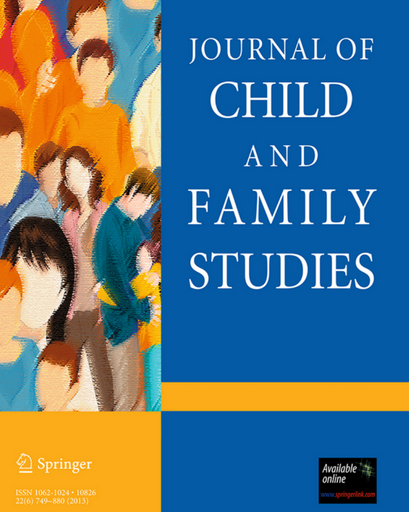
School Administrators Charged with Child Exploitation After Investigating Sexting
Last spring, Brush High School (Brush, Colorado) assistant principal Bradley Bass was alerted to a student sexting issue at his school. He and secondary schools director Scott Hodgson looked into it. They talked to some students who were reportedly involved, and determined that intimate images had been shared consensually. At least one student voluntarily showed […]

Bias-Based Cyberbullying Among Early Adolescents: The Role of Cognitive and Affective Empathy
Bias-based cyberbullying involves repeated hurtful actions online that devalue or harass one’s peers specific to an identity-based characteristic. Cyberbullying in general has received increased scholarly scrutiny over the last decade, but the subtype of bias-based cyberbullying has been much less frequently investigated, with no known previous studies involving youth across the United States. The current […]

Cyberbullying Among Asian American Youth Before and During the COVID-19 Pandemic
Last year I posted preliminary results of our inquiry into whether cyberbullying had increased during the COVID-19 pandemic. We found that it had in fact increased, though not to the extent that some had predicted. Today I can share that additional findings from this research have just been published in the Journal of School Health. […]

Model Sexting Law
In my last post, I discussed what I learned in reviewing all of the state sexting laws across the U.S. Some states have comprehensive sexting laws while many others—23 to be exact—have no sexting specific law whatsoever. As noted in my post, this is problematic for a number of reasons, including the risk that minors […]

The Status of Sexting Laws Across the United States
As of July 1, 2022, 23 states in the U.S. do not have laws specific to teen sexting. Our research shows that approximately 14% of middle and high school students have sent explicit images to others, while about 23% have received similar images from others. Likewise, a 2022 meta-analysis of 28 studies published between 2016 […]

Digital Self-Harm and Suicidality among Middle and High School Students
Sameer and I have been interested in digital self-harm for almost a decade now. We first became aware of it when we learned of the suicide of Hannah Smith, a 14-year-old girl from England who ended her own life after being mistreated online. It was ultimately determined that many of the hurtful comments directed to […]

Michigan Teen Latest Casualty of Sextortion
Seventeen-year-old Jordan DeMay seemed to have it all going for him: he was handsome, athletic, and was finishing his senior year at Marquette Senior High School in Marquette, Michigan. He was Homecoming King. When a pretty girl he didn’t know messaged him on Instagram and asked to exchange intimate images, he was skeptical. After a […]

Vicarious Supervision: Preventing Problematic Behaviors Online through Positive Parent-Child Relationships
Lately we’ve been more directly exploring the role of parenting in preventing cyberbullying and other online problem behaviors. To be sure, parents* have a responsibility to be directly involved in monitoring and influencing the early online activities of their children. This could mean occasionally reviewing messages and regularly checking security settings, but should also include […]

Bullying and Cyberbullying Offending Among US Youth: The Influence of Six Parenting Dimensions
Bullying and cyberbullying prevention remain a major priority for schools, communities, and families, and research is clear that positive, constructive parenting practices can play a key preventive role. The current work explores six dimensions of parenting (warmth, structure, autonomy support, rejection, chaos, and coercion), and their specific relationship to school and online bullying. Using survey […]

Bullying During the COVID-19 Pandemic
New research shows that school bullying dropped dramatically during the COVID-19 pandemic while cyberbullying remained stable. One of the questions we have been asked most often over the last 18 months is whether bullying has gotten better or worse since the start of the COVID-19 pandemic. Early on, there was a concern that cyberbullying incidents […]

